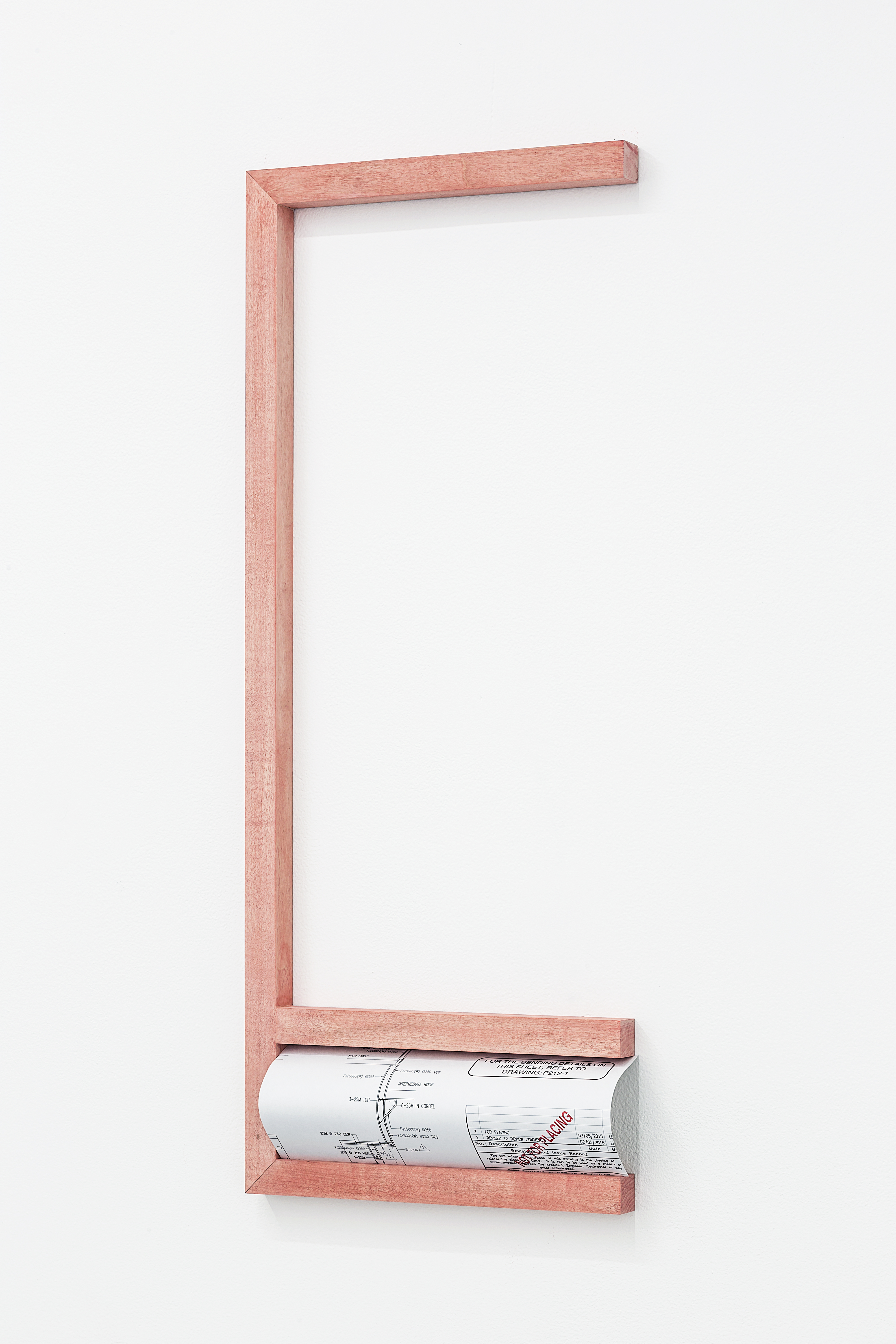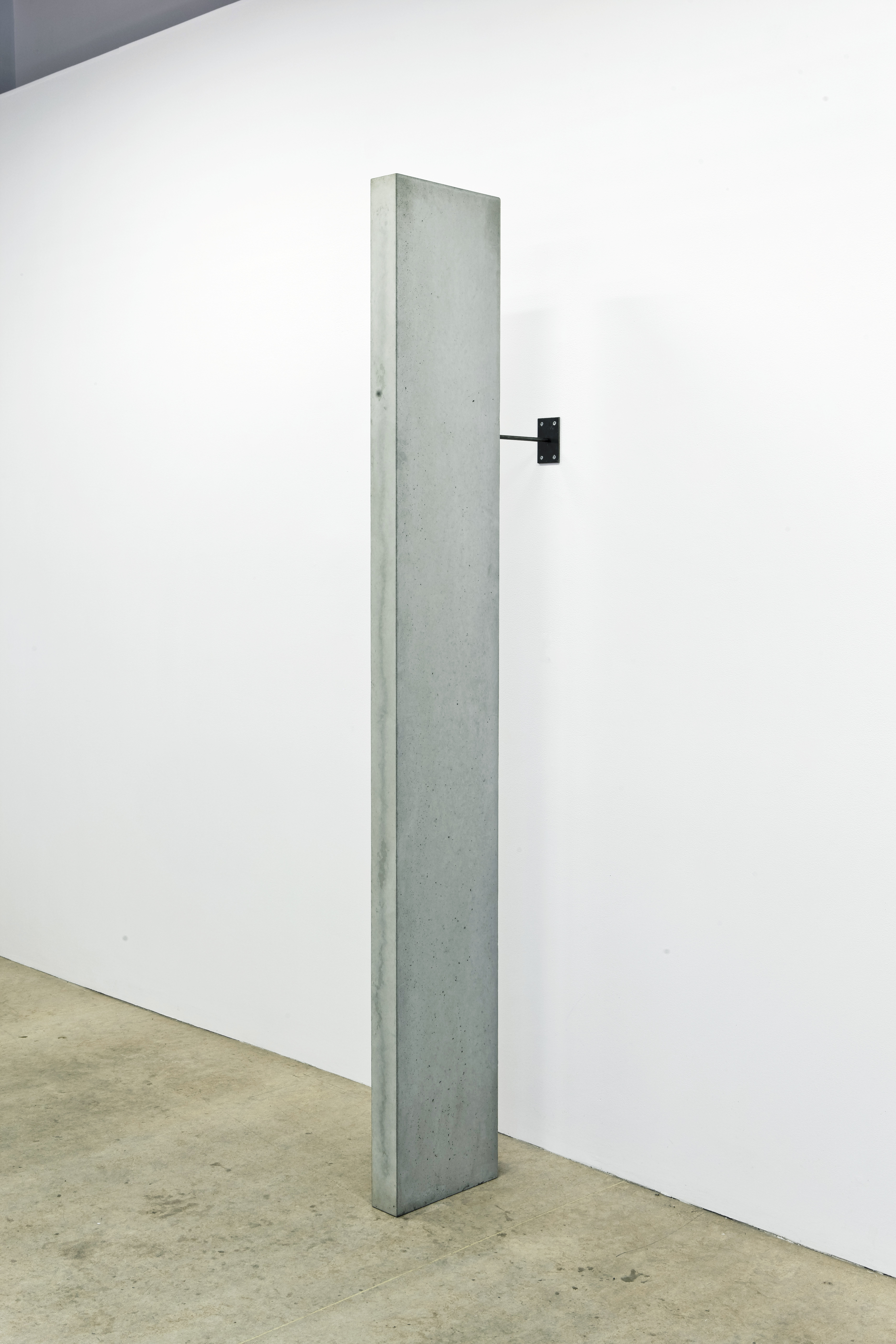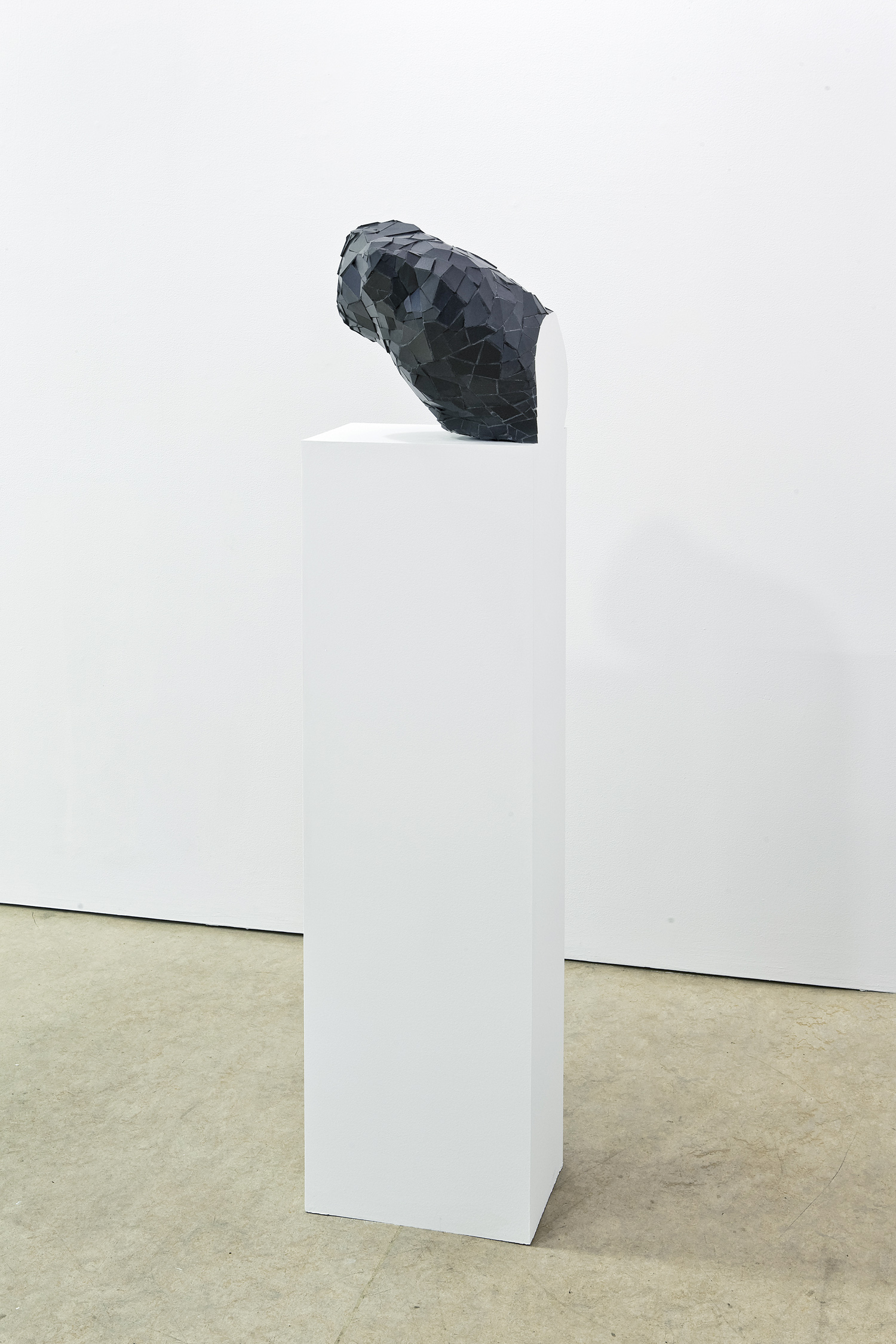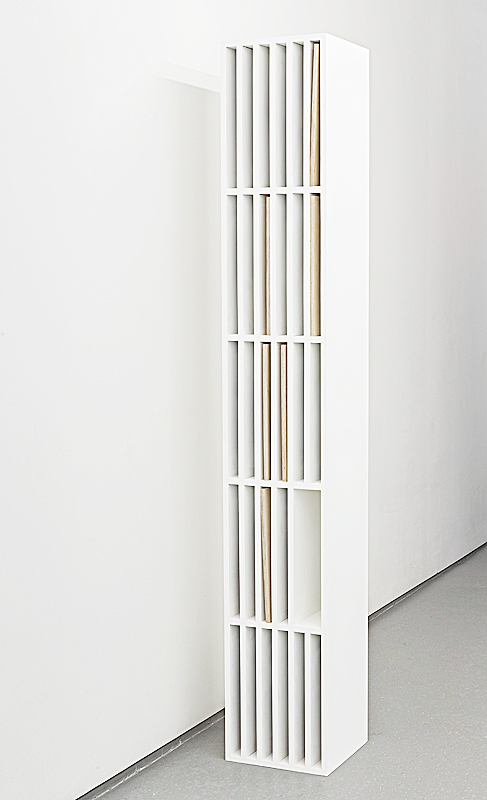Liza Eurich’s uncanny objects confound passive viewing.

For London, Ontario-based Liza Eurich, the idea of the automatism of the viewer is a concept that her current practice actively pushes against. A multi-disciplinary artist, Eurich’s practice encompasses bookworks, collage and sculpture. Soon, she will be adding printmaking to her CV.
Eurich’s academic background is in English literature; she received her BA from Simon Fraser University before going on to complete her BFA at Emily Carr University in 2010, and her MFA at Western University in 2012. Eurich’s literary background indirectly influences her approach to producing art, as well as, more literally, her bookworks. Informing much of her practice are literary theories surrounding the mechanization of looking that, in turn, comment on and push against cultural commodities that function expediently. At times, Eurich’s practice addresses the idea of failure within the context of process, as when she re-imagines works that fail to come to fruition as originally intended.

Russian Formalist Victor Shklovsky’s Art as Technique (1916) is one literary text that continues to influence Eurich’s practice. For Shklovsky, the more a person interacts with an object, the more their perception of such an object becomes automatic, or habitual. To rectify this, the artist, literary or otherwise, should endeavour to make things ‘strange’, effectively defamiliarizing the object so that the act of sustained looking becomes the priority. For Eurich, this act of making the object strange has become central to her current body of works.
As many can attest, sometimes the things we set out to create don’t necessarily turn out the way we have imagined. Instead of seeing these works as failures, Eurich reworks the materials and pieces, allowing them to take on a new form within a larger work. This isn’t to say that every piece necessarily sees the light of day; some of Eurich’s sculptures act as containers, in a sense, for other drawing and collage works that are held within the confines of the sculpture becoming completely invisible to the viewer. During our discussion of this idea of failure, and the reworking and re-imagining of works in a state of flux, as well as the artist’s own evolving practice, Eurich paraphrases a lesson learned from Western University professor David Merritt: “It’s good to have rules, but you have to be able to break them.”

Butting against personal boundaries, and pushing herself out of her comfort zone, is something that Eurich is, perhaps subconsciously, accomplishing through her works by subverting how the viewer considers both her pieces and the spaces in which they are exhibited. Although it is not always evident in the final presentation of her works, it is the process of creating, building, molding and completing the works that’s central to her practice. For Eurich, the starkness of her works is a strong juxtaposition to the amount of time – often months – and energy that are devoted to the production of her pieces.
Eurich’s earlier works generally existed in the two-dimensional realm; however, her current practice focuses more on juxtaposing the “flat planes of drawing and the three dimensionality of sculpture.” Eurich’s collage works, while seemingly two dimensional, have always had a three-dimensionality to them through the layering of materials. Sculpture is something that Eurich has gravitated towards more recently in her practice, using it in a way that incorporates drawing and collage while also considering mechanisms of display. In doing so, Eurich’s pieces take on a myriad of seemingly familiar forms that could be found in institutional and domestic spaces.
Eurich’s palette is frequently monochromatic, deviating only out of necessity, such as when the materials she is working with dictate that she must. With her works taking on a primarily monochromatic palette, they further Eurich’s questioning of display and functionality by often blending into the gallery space and forcing the viewer to question whether a plinth is, in fact, a plinth, or if a frame is a frame. Is the collage encapsulated by the frame the work ,or is the sculptural structure of the frame, which often extends beyond the typical confines of a frame, the artwork? For Eurich, it’s all of the above.

One piece that brings together the varying concepts and disciplines of Eurich’s practice is Shelving: six additions (2014-2015). A sculptural piece that mimics, and can be seen to reflect, a shelving unit that could typically be found in an office or home loses its functionality in its structural form. With its gallery-white colour begging for the piece to blend into its exhibiting space, the collage pieces encapsulated in the close-fitting shelves require that the viewer interact directly with the piece. It is through this need to intimately interact with the work that Eurich addresses the idea of viewer latency and our habit to quickly absorb, and take at face value, what we are looking at without focusing on any details.
Recently, Eurich completed residencies at the Glasgow Sculpture Studio in Scotland, and the Canada Council for the Arts and Acme Studios (London, UK), both of which have led the artist’s to reconsider forms of utility in her sculpture, both in terms of how they function and how form has become that of mass viewer consumption. And, in turn, automatic.
Liza Eurich’s work is currently on view in a two-person show (with Tegan Moore) at Toronto’s G Gallery until June 25, 2016. This summer, she will be completing a residency at Open Studio (Toronto, ON) where she will continue to expand her artistic practice and complete a set of silk screens with printmaker Flora Shum, which will culminate with her fourth solo exhibition.
Jamie Faye Ryan is an arts administrator based in London, Ontario. She has a background in accounting, Canadian political history, and art history. She is currently the President of London’s artist-run centre Forest City Gallery and a Curatorial Assistant at Museum London.



